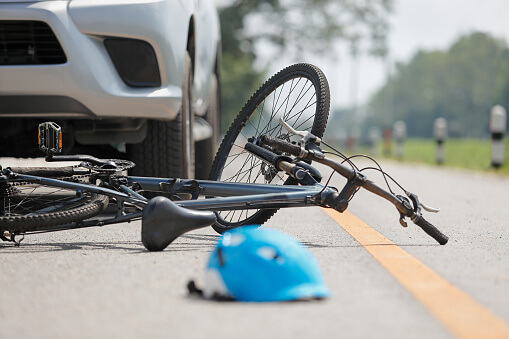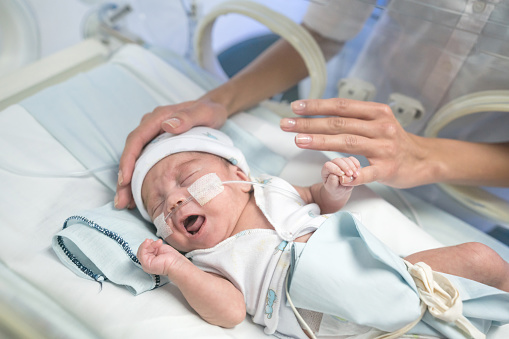While vacationing with his family in Jackson Hole, Wyoming, Texas Governor Greg Abbott was scalded in an accident that left him with severe burns along both of his legs and feet. He was treated by doctors at St. John’s Medical Center and released that same day.
This accident calls attention to the serious dangers of water scalding injuries. While most people associate burns with fire, liquids actually cause about a third of all burns – approximately 150,000 injuries per year – according to the National Scald Prevention Campaign. Nationwide, about 100 people die due to scalding injuries each year – most of them children under 5 or adults over 65.
Plumbing issues put people at risk of scalding
Hot water scalding injuries are common in part because there is so much misinformation about scald prevention. The following table, based on a report published by two Harvard Medical School doctors in 1947, shows the length of exposure to hot water needed to cause second and third degree burns.
| Water Temperature (F) | Time Exposure to Second Degree Burn | Time Exposure to Third Degree Burn |
| 111 | 220 Minutes | 400 Minutes |
| 113 | 120 Minutes | 180 Minutes |
| 115 | 30 Minutes | 60 Minutes |
| 118 | 15 Minutes | 20 Minutes |
| 120 | 5 Minutes | 10 Minutes |
| 124 | 2 Minutes | 4.2 Minutes |
| 130 | 18 Seconds | 30 Seconds |
| 140 | 3 Seconds | 5 Seconds |
| 150 | Instant | < 2 Seconds |
| 158 | Instant | < 1 Second |
Many well-intentioned sources claim, based on this data, that setting your water heater to 120 degrees or cooler is enough to prevent scalding. The problem is that a water heater thermostat is located at the bottom of the tank, while hot water rises to the top of the tank. There can be a discrepancy of up to 35 degrees between the thermostat temperature and the temperature of the hot water that actually comes out of the faucet – meaning that supposedly safe 120-degree thermostat setting can actually produce dangerous 155-degree water.
Moreover, if you have a non-automatic compensating shower valve, sudden changes in the pressure of hot or cold water can lead to injury. For instance, if someone flushes a toilet nearby, the sudden drop in cold water pressure can lead to an increase in water temperature, causing a scalding injury.
This is why it’s so important for homeowners to make sure their plumbing is up to code-required industry standards for shower valves. Plumbing contractors need to conduct thorough tests to confirm that using nearby fixtures does not lead to sudden changes in the shower water temperature and that the water will automatically adjust or shut off before it becomes scalding-hot.
If you or someone you love has been affected by a burn or any other type of accident, contact Coplan & Crane. Call us at 800-394-6002.
















